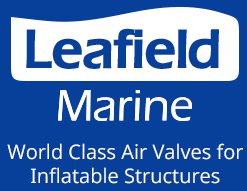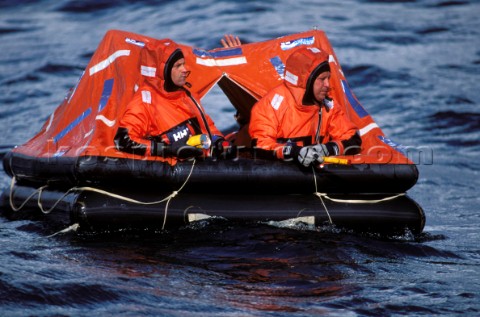When boats or ships fail, there will be many people depending on emergency vessels being ready and reliable for deployment. Inflatable life-rafts are designed for rapid inflation and deployment, and once at sea or open water, they need to keep people safe until rescue arrives. It’s essential to choose a high-quality life raft, in case the worst should ever happen. But what features should you be looking for when making an assessment for your vessels?
Types Of Life Raft
Life rafts come in three categories: coastal, offshore and transoceanic. The differences stem from the expected duration of their use and the severity of the possible conditions. For example, coastal life rafts typically need to only stay in the water for a relatively short time, providing that the conditions aren’t as rough as the open seas. For such cases, a lower freeboard is sufficient, and longevity is less of an issue. At the other extreme, ocean life rafts must keep passengers safe in the harshest weather conditions and should include a more extensive life raft equipment list. You should therefore keep in mind the anticipated usage scenarios when choosing a life-raft.
What To Look For In A Life Raft
Whatever the conditions for which the life raft is required, quality is paramount. You should consider the following features when making your choice.
Materials
What keeps a life raft afloat is its buoyancy tubes, so the material needs to be up to the job. Double-coated nylon tends to be used for its strength and durability on sea-safe life rafts, to provide better leak protection. Along with additional ballast for higher seas, offshore and transoceanic rafts should also include additional redundant buoyancy chambers. This allows the raft to remain inflated even when one chamber is punctured.
Heat Sealing
Air can sometimes be lost through the seams between buoyancy tubes if there is a sealing failure. Cement sealing is sometimes used, but they can degrade over time resulting in a leakage. Therefore, heat sealing is a more robust and long-lasting option.
Inflation Mechanism
When disaster strikes, life-rafts need to be ready as quickly as possible. Rapid inflation is essential, and historically, CO2 has been the gas of choice. However, many now find that compressed air is a better choice since CO2 is affected by temperature variations and inflation can be retarded in cold conditions. Air, however, remains reliable across a much wider range of temperatures.
Testing
To be fully confident in your life raft, it’s vital to know what kind of testing the manufacturer performs. Test procedures should cover the whole manufacturing process, from raw materials to the finished product. For example, the material of the buoyancy tubes must be tested for tearing, bursting and breaking strength. It should then be further tested following its curing process to check the integrity of the coating. Individual inspectors need to verify seals and valves, and if any component fails, then the product must be rejected.
The only way to ensure full confidence in these processes is to use independent test standards. If you have any doubt about which life-rafts meet the requisite quality, look out for compliance with ISO 9001:2015.
Find Out More
To find out more about our commercial life raft and inflatable vessel inflation systems, please get in touch today on 01225899550.
Life Raft Inflation System Spares
You can find a comprehensive list of GIS and GIST inflation system spares in our online store.

